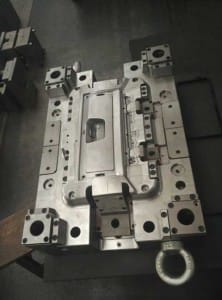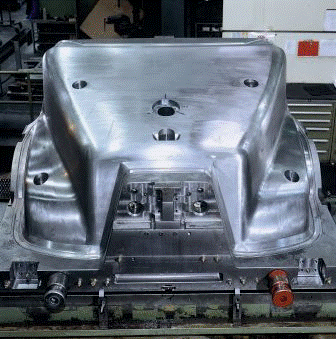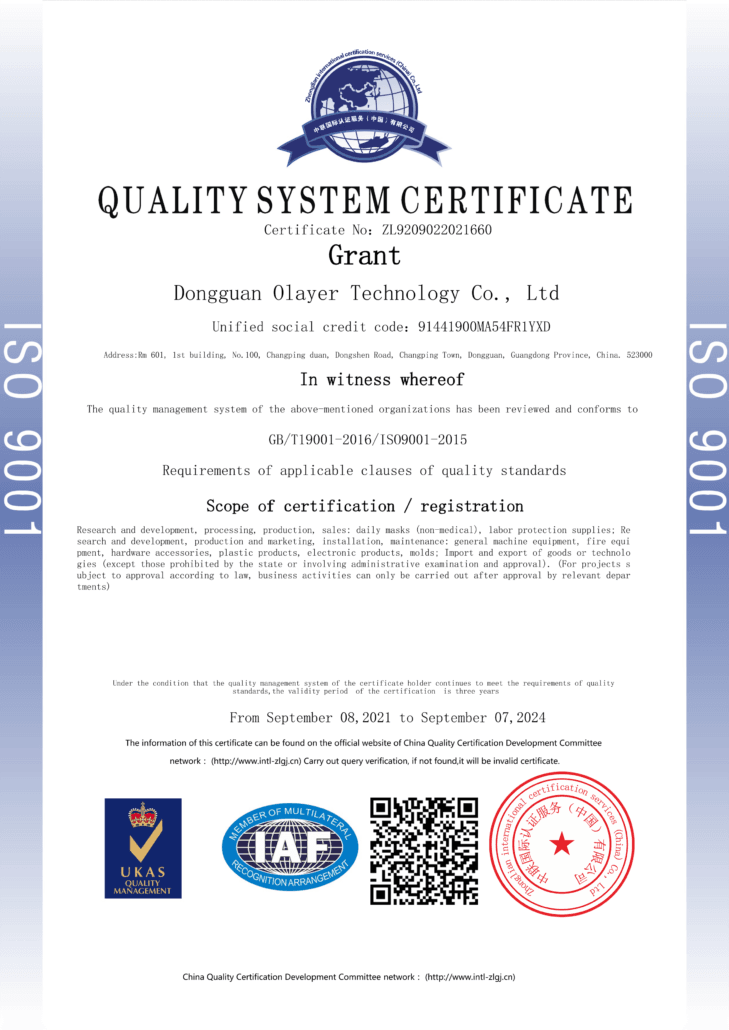Custom Injection mold & Molding
Defining plastic part requirements
Thoroughly ascertain and evaluate your part and material requirements, which will influence both part design and material selection. When evaluating these requirements, consider more than just the intended, end-use conditions and loads: Plastic parts are often subjected to harsher conditions during injection molding manufacturing and shipping than in actual use. Look at all aspects of the part and material performance including the following.
Mechanical Loading
Carefully evaluate all types of mechanical loading including short-term static loads, impacts, and vibrational or cyclic loads that could lead to fatigue. Ascertain long-term loads that could cause creep or stress relaxation. Clearly identify impact requirements.
Temperature
Many material properties in plastics — impact strength, modulus, tensile strength, and creep resistance to name a few – vary with temperature. Consider the full range of end-use temperatures, as well as temperatures to which the part will be exposed during manufacturing, finishing, and shipping. Remember that impact resistance generally diminishes at lower temperatures.
Chemical Exposure
Plastic molds encounter a wide variety of chemicals both during manufacturing and in the end-use environment, including mold releases, cutting oils, degreasers, lubricants, cleaning solvents, printing dyes, paints, adhesives, cooking greases, and automotive fluids. Make sure that these chemicals are compatible with your selected material and final part.
Electrical Performance
Note required electrical property values and nature of electrical loading. For reference, list materials that are known to have sufficient electrical performance in your application. Determine if your part requires EMI shielding or UL testing.
Weather Resistance
Temperature, moisture, and UV sun exposure affect plastic parts’ properties and appearance. The end-use of a product de termines the type of weather resistance required. For instance, external automotive parts such as mirror housings must withstand continuous outdoor exposure and perform in the full range of weather conditions. Additionally, heat gain from the sun on dark surfaces may raise the upper-temperature requirement considerably higher than maximum expected temperatures. Conversely, your requirements may be less severe if your part is exposed to weather elements only occasionally. For example, outdoor Christmas decorations and other seasonal products may only have to satisfy the requirements for their specific, limited exposure.
termines the type of weather resistance required. For instance, external automotive parts such as mirror housings must withstand continuous outdoor exposure and perform in the full range of weather conditions. Additionally, heat gain from the sun on dark surfaces may raise the upper-temperature requirement considerably higher than maximum expected temperatures. Conversely, your requirements may be less severe if your part is exposed to weather elements only occasionally. For example, outdoor Christmas decorations and other seasonal products may only have to satisfy the requirements for their specific, limited exposure.
Radiation
A variety of artificial sources — such as fluorescent lights, high-intensity discharge lamps, and gamma sterilization units — emit radiation that can yellow and/or degrade many plastics. If your part will be exposed to a radiation source, consider painting it, or specifying a UV-stabilized resin.
Appearance
Aesthetic requirements can entail many material and part-design issues. For example, a need for transparency greatly reduces the number of potential plastics, especially if the part needs high clarity. Colour may also play an important role. Plastics must often match the colour of other materials used in parts of an assembly. Some applications require the plastic part to weather at the same rate as other materials in an assembly.
In resins, custom colours generally cost more than standard colors, particularly for small-order quantities. For certain colors and effects, some parts may need to be painted or decorated in the Injection mold. Depending upon the application, parts with metallic finishes may require painting, in-mold decorating or vacuum metallization. Surface finishes range from high-gloss to heavy-matte. Photoetching the mold steel can impart special surface textures for parts.
Styling concerns may dictate the product shape, look, and feel, especially if the product is part of a component system or existing product family. Note all cosmetic and non-cosmetic surfaces. Among other things, these areas may influence gate, runner, and ejector-pin positioning.
Many part designs must include markings or designs such as logos, warnings, instructions, and control labels. Determine if these features can be molded directly onto the part surface or if they must be added using one of the decorating methods discussed in the future.
Life Expectancy
Many functional parts need to meet certain life-cycle expectations. Life expectancy may involve a time duration — as in years of outdoor exposure — time at a specific set of conditions — such as hours in boiling water — or repetitions of an applied load or condition — as in a number of gamma sterilization cycles or snap-arm deflections. Determine a reasonable life expectancy for your part.
Dimensional Tolerances
Many applications have features requiring tight tolerances for proper fit and function. Some mating parts require only that mating features have the same dimensions. Others must have absolute size and tolerance. Consider the effect of load, temperature, and creep on dimensions. Over-specification of tolerance can increase product cost significantly. tight tolerance will increase the plastic mold making cost.
Processing
Determine if your part design places special demands on processing. For example, will the part need a mold geometry that is particularly difficult to fill, or would be prone to warpage and bow? Address all part-ejection and regrind issues.
Production Quantities
The number of parts needed may influence decisions, including processing methods, plastic mold design, material choice, assembly techniques, and finishing methods. Generally, for greater production quantities, you should spend money to streamline the process and optimize productivity early in the design process.
Cost Constraints
Plastic-part cost can be particularly important if your molded part comprises all or most of the cost of the final product. Be careful to consider total system cost, not just part and material cost.
Assembly
Address assembly requirements, such as the number of times the product will be disassembled or if assembly will be automated. List likely or proposed assembly methods: screws, welds, adhesives, snap-latches, etc. Note mating materials and potential problem areas such as attachments to materials with different values of coefficient of linear thermal expansion. State any recycling requirements.
The “Part Requirements and Design Checklist” in the back of this manual serves as a guide when developing new products. Be sure not to overlook any requirements relevant to your specific application. Also, do not over-specify your requirements. Because of parts
perform as intended, the costs of over-specification normally go uncorrected, needlessly increasing part cost and reducing part competitiveness.



